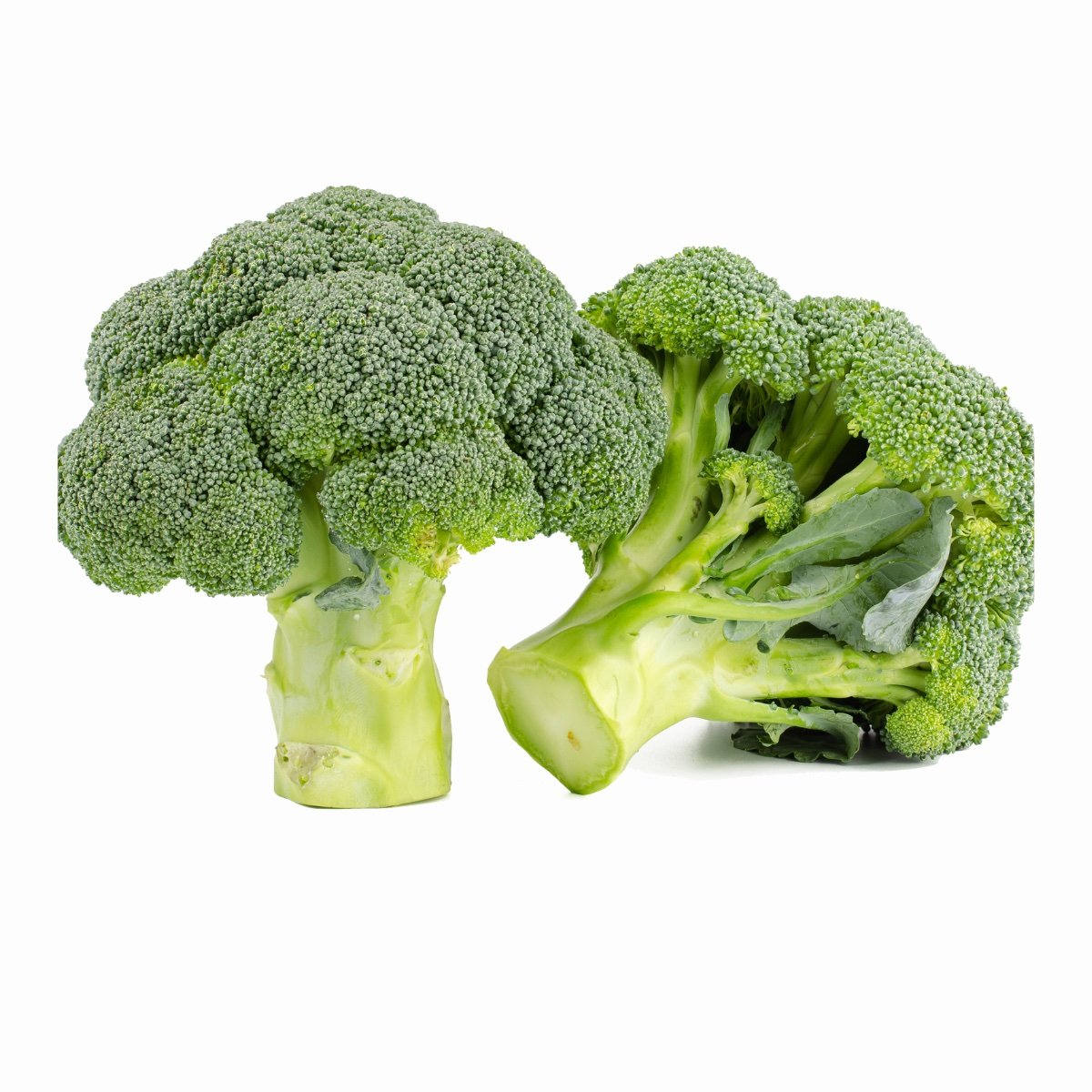Favorites
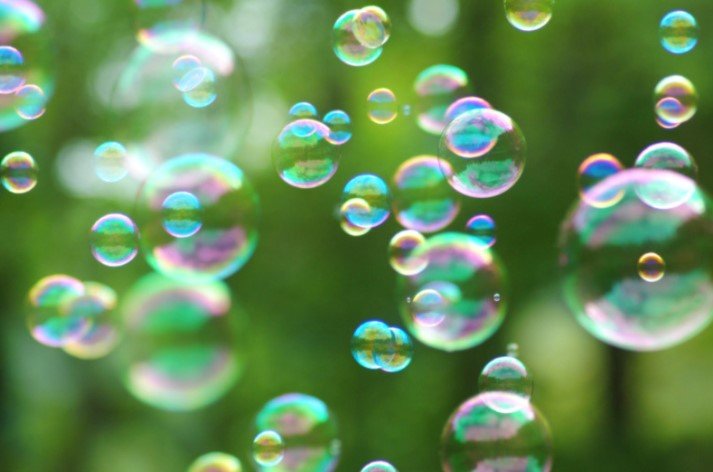
Surfactants Part 4 - Natural surfactants
In this part of the blog, we will discuss the upcoming world of natural, green, eco-friendly, and plant surfactants. We will look at the regulations currently in place regarding when something is officially a ‘’natural’’ surfactant. We will also look at some examples of natural surfactants and organic surfactants.

Surfactants part 3 - Surfactant subtypes
In this third blog post, we will go further in depth in the chemical nature of some of the more common surfactant subgroups like, amine-oxides, alkyl poly glucosides (APGs), docusates, betaines, and amino acid surfactants.
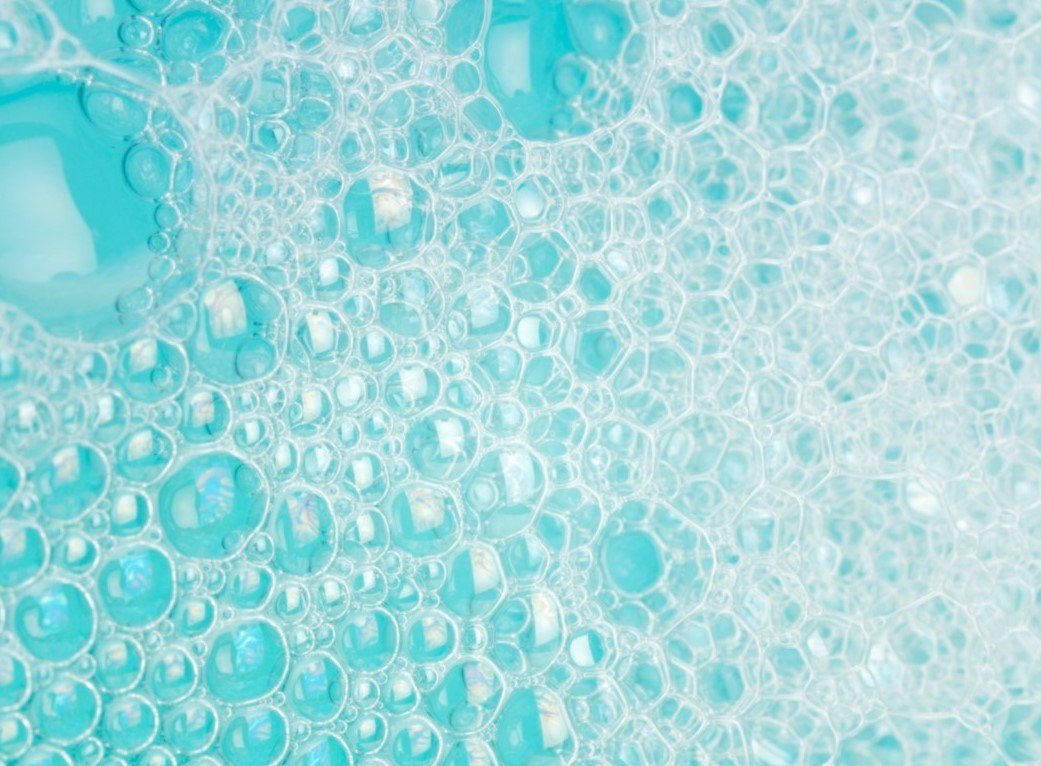
Surfactants part 2 - Types of surfactants
In this blog post we will look at the different types of surfactants. If you have ever taken a look at surfactants list, you might have noticed that the different surfactant molecules were ordered in a specific way. That is because all major surfactants belong to one of four groups (anionic surfactants, cationic surfactants, nonionic surfactants, amphoteric surfactants). In this second part of our series about surfactants, we will review how surfactants are classified and what the four types of surfactants entail.
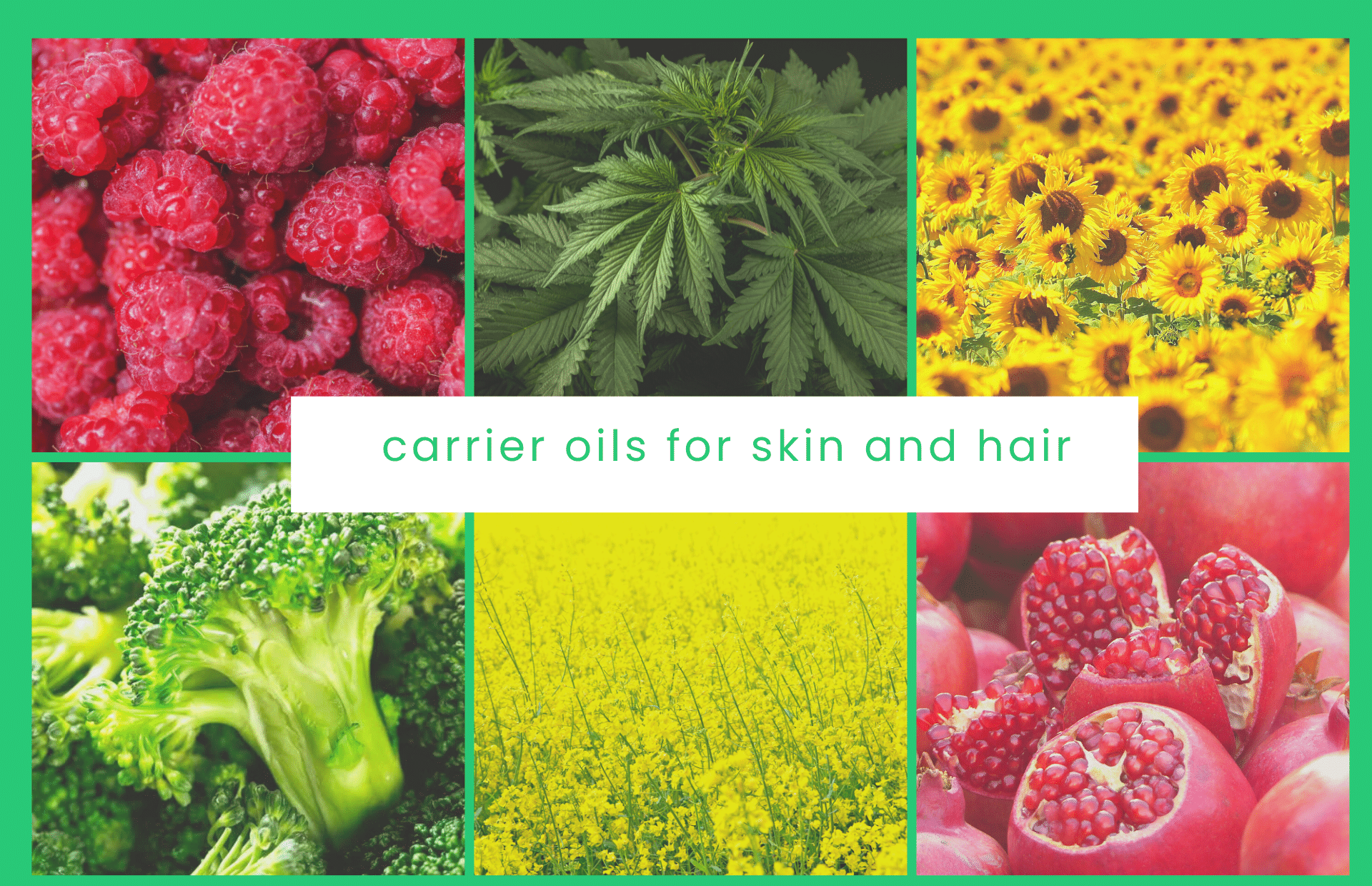
Carrier Oils for Skin and Hair
Oils are used by most people in some way or another almost every day. Oils come in many different forms, from the oils used in cooking to the oils used in oil paintings, or the oil in a car. Besides the examples in the previous sentence, petrochemical or synthetic oils will not be touched on. In this blog we will focus on vegetable oils commonly used in the personal care industry and specifically carrier oils for skin and hair applications. In these applications carrier oils function on their own, as base or as ingredient in the formulation. We will also briefly discuss carrier oils as carrier for essential oils. This is where the term carrier oil originated. After the review of vegetable oils, essential oils, carrier oils and hydrogenated oils, we will also investigate some common and some innovative methods used to produce the various oils.
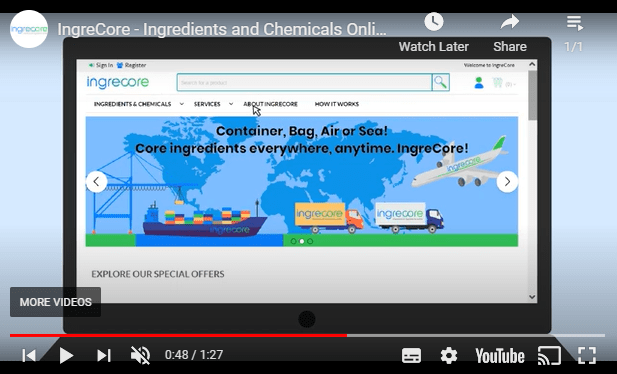
Video: IngreCore introduction
In this animated video (1:26 minutes) the web platform of Ingrecore is introduced.
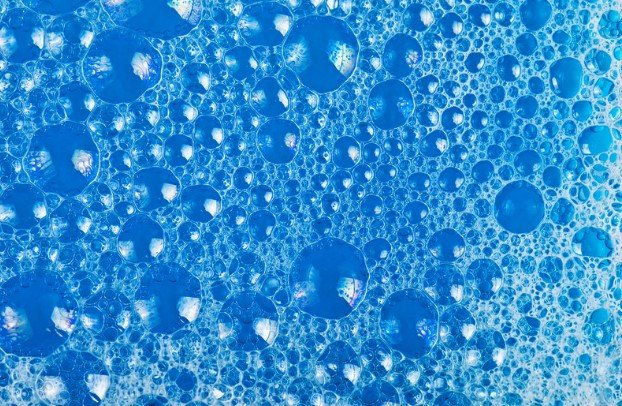
Surfactants part 1 - What is a surfactant?
In this series of blogs about surfactants we will take a look at the basics behind one of the most commonly used ingredients in the personal care and cleaning industries. In this first part we will begin by exploring what a surfactant is, followed by how they work. In the next parts of this blog, we will look at the four surfactant groups (anionic, cationic, nonionic, amphoteric) and some common subgroups of surfactants. We will also take an in-depth look at natural surfactants and eco-friendly alternatives.
News
Blogs

Surfactants Part 4 - Natural surfactants
In this part of the blog, we will discuss the upcoming world of natural, green, eco-friendly, and plant surfactants. We will look at the regulations currently in place regarding when something is officially a ‘’natural’’ surfactant. We will also look at some examples of natural surfactants and organic surfactants.

Surfactants part 3 - Surfactant subtypes
In this third blog post, we will go further in depth in the chemical nature of some of the more common surfactant subgroups like, amine-oxides, alkyl poly glucosides (APGs), docusates, betaines, and amino acid surfactants.

Surfactants part 2 - Types of surfactants
In this blog post we will look at the different types of surfactants. If you have ever taken a look at surfactants list, you might have noticed that the different surfactant molecules were ordered in a specific way. That is because all major surfactants belong to one of four groups (anionic surfactants, cationic surfactants, nonionic surfactants, amphoteric surfactants). In this second part of our series about surfactants, we will review how surfactants are classified and what the four types of surfactants entail.

Carrier Oils for Skin and Hair
Oils are used by most people in some way or another almost every day. Oils come in many different forms, from the oils used in cooking to the oils used in oil paintings, or the oil in a car. Besides the examples in the previous sentence, petrochemical or synthetic oils will not be touched on. In this blog we will focus on vegetable oils commonly used in the personal care industry and specifically carrier oils for skin and hair applications. In these applications carrier oils function on their own, as base or as ingredient in the formulation. We will also briefly discuss carrier oils as carrier for essential oils. This is where the term carrier oil originated. After the review of vegetable oils, essential oils, carrier oils and hydrogenated oils, we will also investigate some common and some innovative methods used to produce the various oils.

Surfactants part 1 - What is a surfactant?
In this series of blogs about surfactants we will take a look at the basics behind one of the most commonly used ingredients in the personal care and cleaning industries. In this first part we will begin by exploring what a surfactant is, followed by how they work. In the next parts of this blog, we will look at the four surfactant groups (anionic, cationic, nonionic, amphoteric) and some common subgroups of surfactants. We will also take an in-depth look at natural surfactants and eco-friendly alternatives.
Ingredients & chemicals
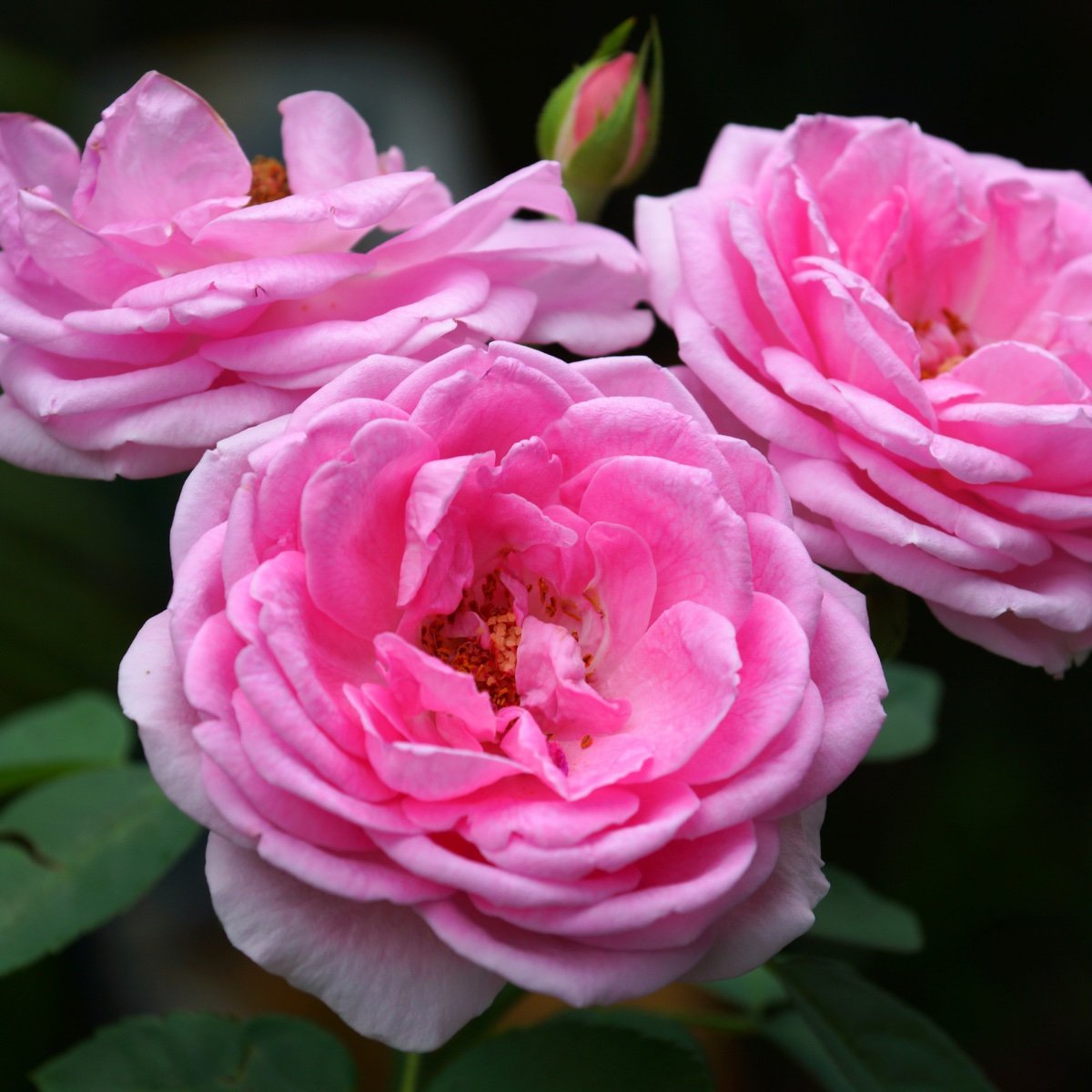
New Floral Ingredients - Natural Rose Water
Natural Rose water (INCI: Rosa Damascena Flower Water) is a new natural product in our portfolio of Essential Oils and Floral Waters. This 100 % natural flower water is pure and without preservatives. It is obtained by double steam distillation of the rose petals from Rosa Damascena.

